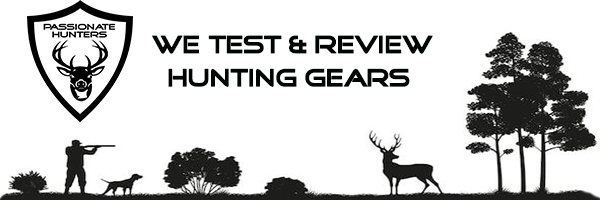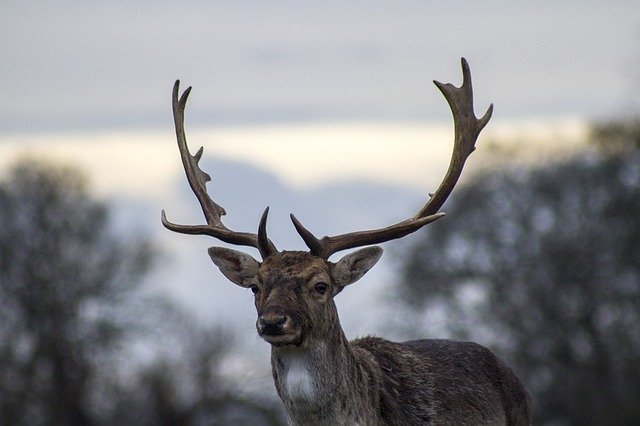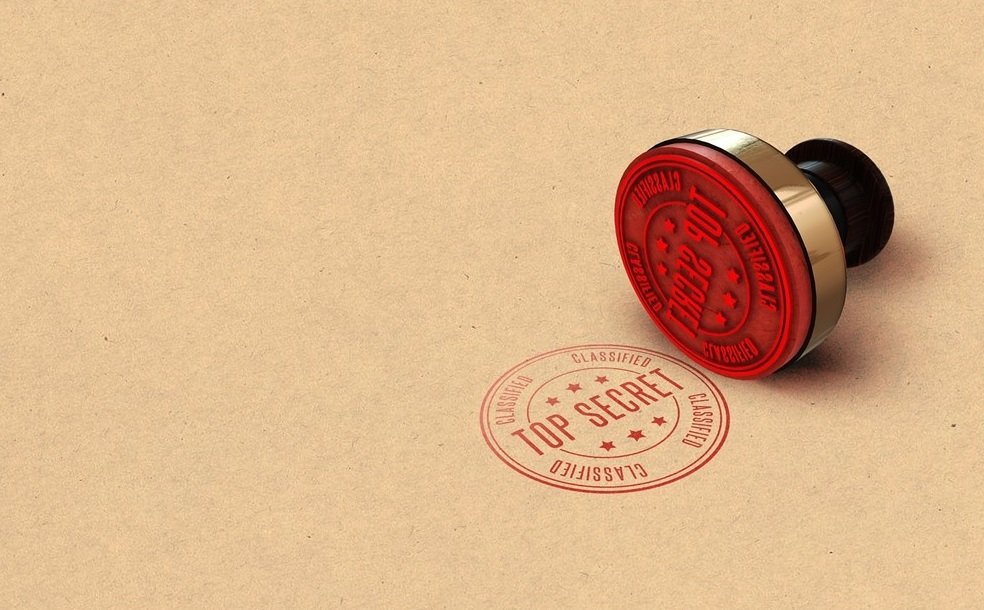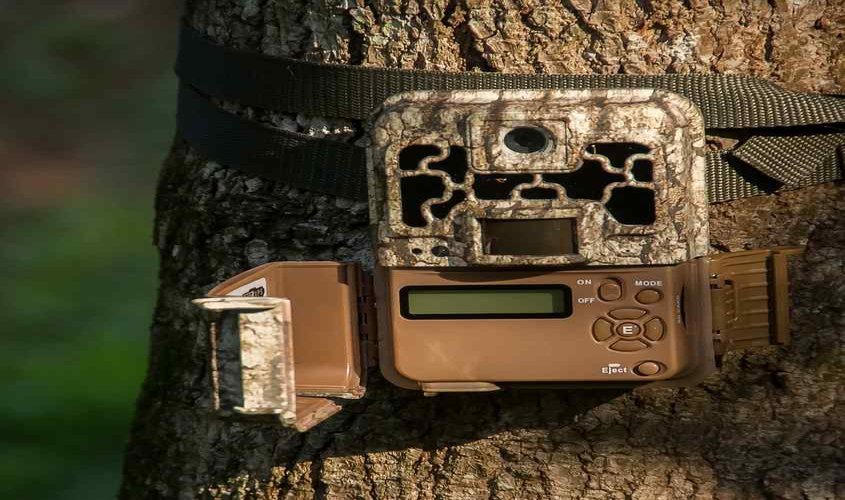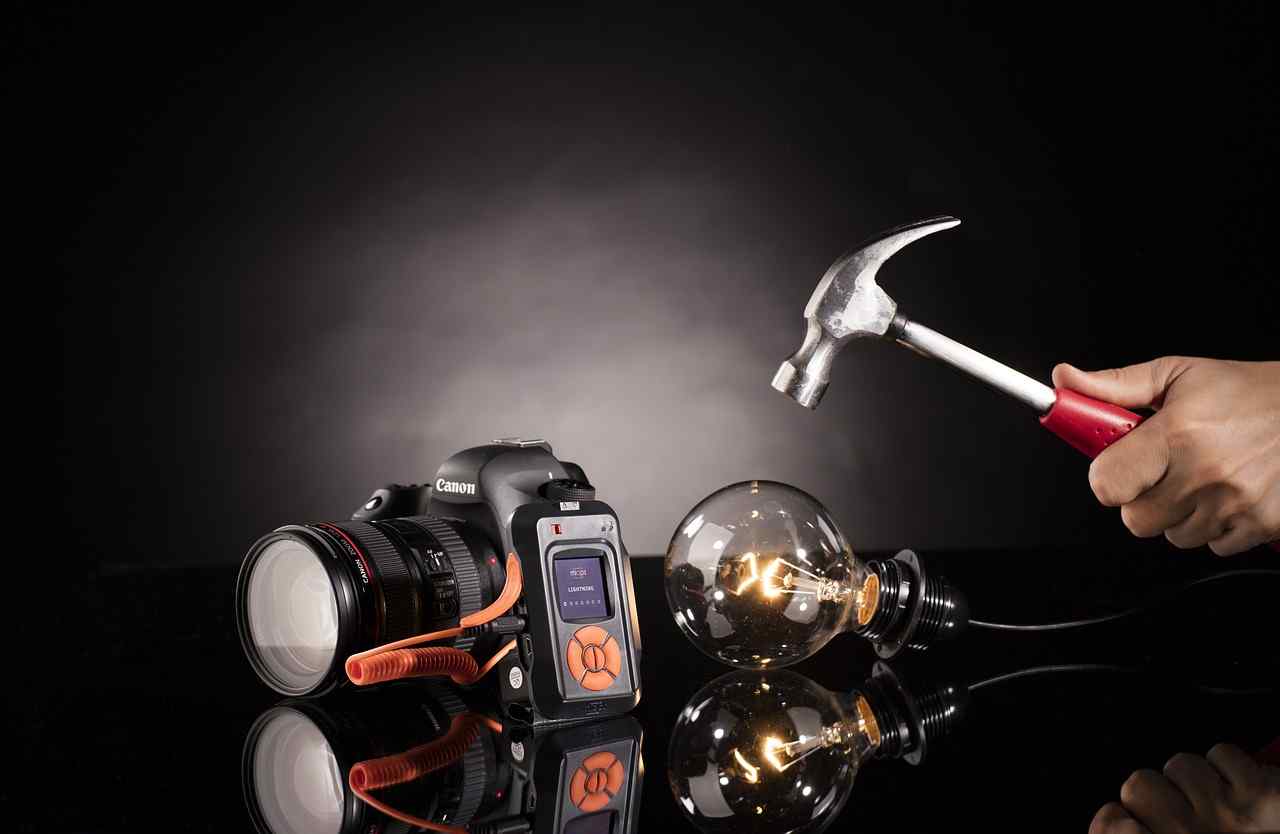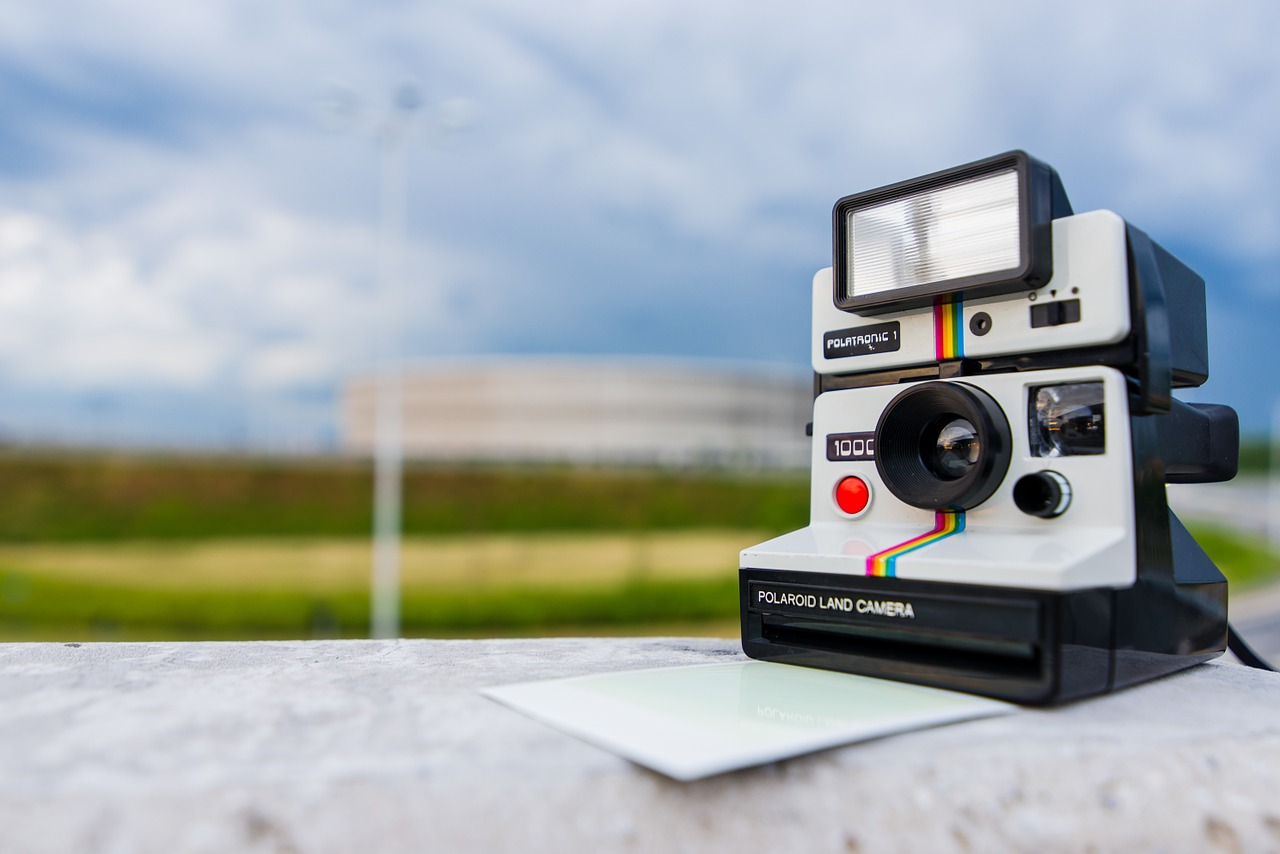Let’s Check OUT
We all have experienced a circumstance where deer are in plenitude. Trail cameras are filled, sign is crisp, bucks are apparently at an overflow. Each third trail camera photograph we have is of a develop hard antlered buck. At that point, they totally quit appearing.
The sign is still there, it does that frequently go with them are still in the region, however the bucks simply vanish.
Or then again isn’t that right? You move cameras around out property endeavoring to discover them getting to bedding, and nourishment sources from an alternate heading. New rubs and scratches keep springing up, yet there are still no photos on your cameras to affirm it. At that point the inquiry hits you:
Do deer keep away from trail cameras?
Deer can and some of the time do maintain a strategic distance from trail cameras. It relies upon numerous variables, for example, the deer’s individual identity, the camera’s viewable pathway, smell control, and response to evening time streak from the camera.
OUR EXPERIMENT
Cris Brown, a passionate hunters club member, shared his experience here.
I had this precise issue a couple of years ago. I had bucks slithering everywhere on a specific area, I considered the “nectar opening”. It is a 2-mile climb from the nearest stopping area, through marshes, and over a spring, a spot that was bereft of basically all human interruption.
At that point nearly just as a light turn killed, the bucks vanished. I was all the while getting different pictures of does and grovels. However, the bucks I was searching for were gone.
I started to think about whether the deer I was after, had totally left the region, or if for reasons unknown they had quite recently started maintaining a strategic distance from cameras alltogether. I chose to attempt a straightforward analysis.
I left my trail camera which was pointing due North immaculate and included two cameras one specifically alongside it yet pointing South, and another 20 yards behind the first camera pointing West, to watch the posterior of the cameras to check whether there was any indication of how deer responded when moving toward the beforehand existing camera.
Incredibly! this is the thing that I found:
On the West facing camera, I got an image of a conventional multi year old dear making a beeline for the first camera. The bearing the deer is confronting and taking a gander at the first camera area. He is going down the trail that the camera is determined to.
Ultimately, he blows some people’s mind, trying to keep away from it totally.
On the South facing camera I could get the buck avoiding around the first camera, yet headed in a similar example I had seen only weeks earlier.
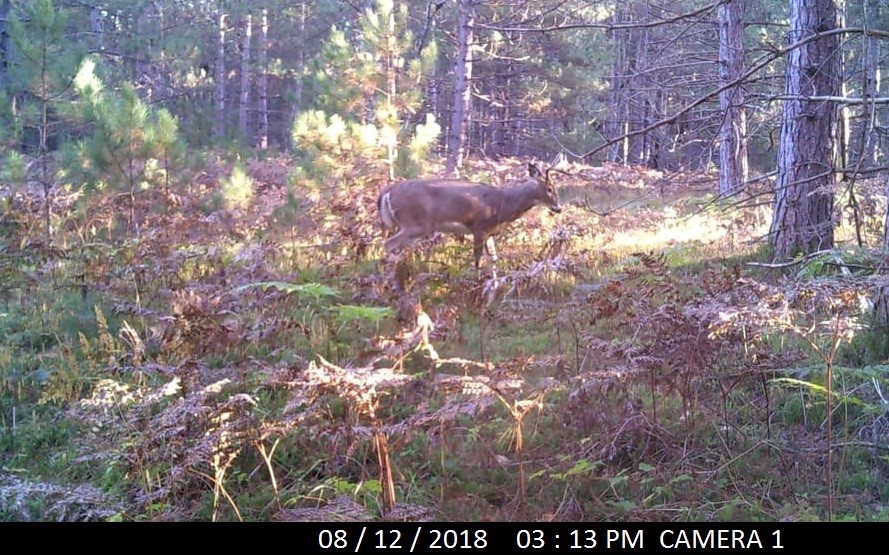
At the last moment, he turns and heads South of the camera, in an attempt to avoid it completely.
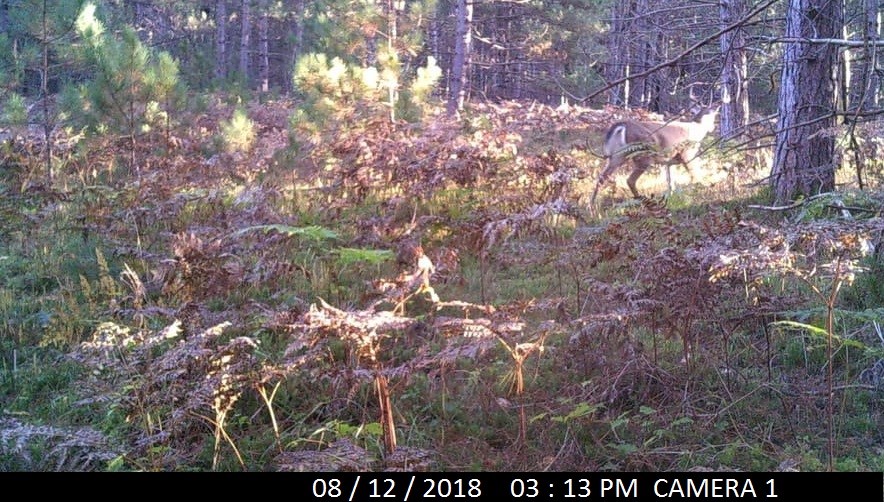
On the South facing camera I was able to pick up the buck skirting around the original camera, but still headed in the same pattern I had seen just weeks prior.
Evening time FLASH
At the point when trail cameras previously hit the purchaser showcase, the best way to get an evening time photograph was with a white glimmer. That white glimmer was splendid and sudden, and it was immediately seen that the light was scaring deer.
While there are as yet a couple of white glimmer cameras still available, most camera produces have gone to either an infrared (IR) or a dark blaze for evening time photographs. We likewise have an asset about the distinction in trail camera streak modes.
There has been a colossal measure of discussion on whether deer can see IR, however, no logical examination has possessed the capacity to demonstrate that deer can see that finish of the shading range.
We likely will all hold our very own feelings about trail camera flashes, however I have a consistent library of photographs of deer gazing straightforwardly into the focal point of my camera after an IR streak has gone off.
Presently could this be because of the commotion a trail camera makes when snapping a photo? Totally. In any case, I can’t prevent that the recurrence from claiming which it occurs amid evening photographs, which persuades, that whether they can see the IR or not, they do recognize the light that is produced from the camera.
Dark blaze, otherwise called no sparkle streak, is the most recent in innovation that is taking into consideration your camera to take evening photographs with no unmistakable glimmer by any means.
The photos will be recognizably darker, and the blaze go is regularly not as much as what you would get from an IR camera, yet beside disposing of evening photographs all together, it is the best alternative to shield your camera from attracting consideration regarding itself.
Line of Sight
It is difficult to trust that a deer will see a little camera in favor of a tree. All things considered, they spread hundreds if not a great many sections of land of territory. One little variation from the norm appears as if it would go by their still, small voice acknowledgment off being strange.
In any case, to a deer who goes through its whole time on earth concentrated on survival, seeing the little things is the thing that keeps them alive.
There is a controversy, whether one should hunt dear or not? Deer are viewed by hunters as a valuable resource, but on the otherside, conservationists treat them as pests that destroy native plants!
Hunters want higher densities of the deer or animal for better hunting, while conservationists would like purge or control at low densities to protect the native land and crops.
Hanging your cameras higher in the tree is an extraordinary method to not just abstain from being in the immediate sight of a deer, it likewise enables you to ward off your camera from potential trail camera cheats too.
The issue with having a raised camera set, is that your camera’s discovery frameworks depends on a straight line, making it so you lose impressive measure of inclusion when calculating that recognition framework toward the ground.
A superior method to keep your camera out of the immediate sight of deer, is to brush your camera in with the characteristic environment. Utilizing regular branches tall grass and thicker vegetation will enable you to just mix your camera into the timberland as a major aspect of the common habitat. This will help you to learn the basics of dear hunting & the use of Trail Camera
In regions where lower hanging branches and tall grass isn’t an alternative, for example, old development clock stands, utilizing a tree that is bigger than the camera, shields your camera from standing out excessively far, making it less perceptible.
Final Words
There are such a significant number of advantages to utilize trail cameras that numerous individuals may even believe that it is an out of line preferred standpoint to utilize them.
Actually, with each advantage you get, you have similarly the same number of dangers of botching the whole circumstance too. Also, on the off chance that you depend entirely on the data you get from a trail camera, you are likely passing up what’s going on behind your camera, as a major develop buck sneaks past unnoticed.
Bonus: See the reviews of 10 cheap trails cameras for 2022.
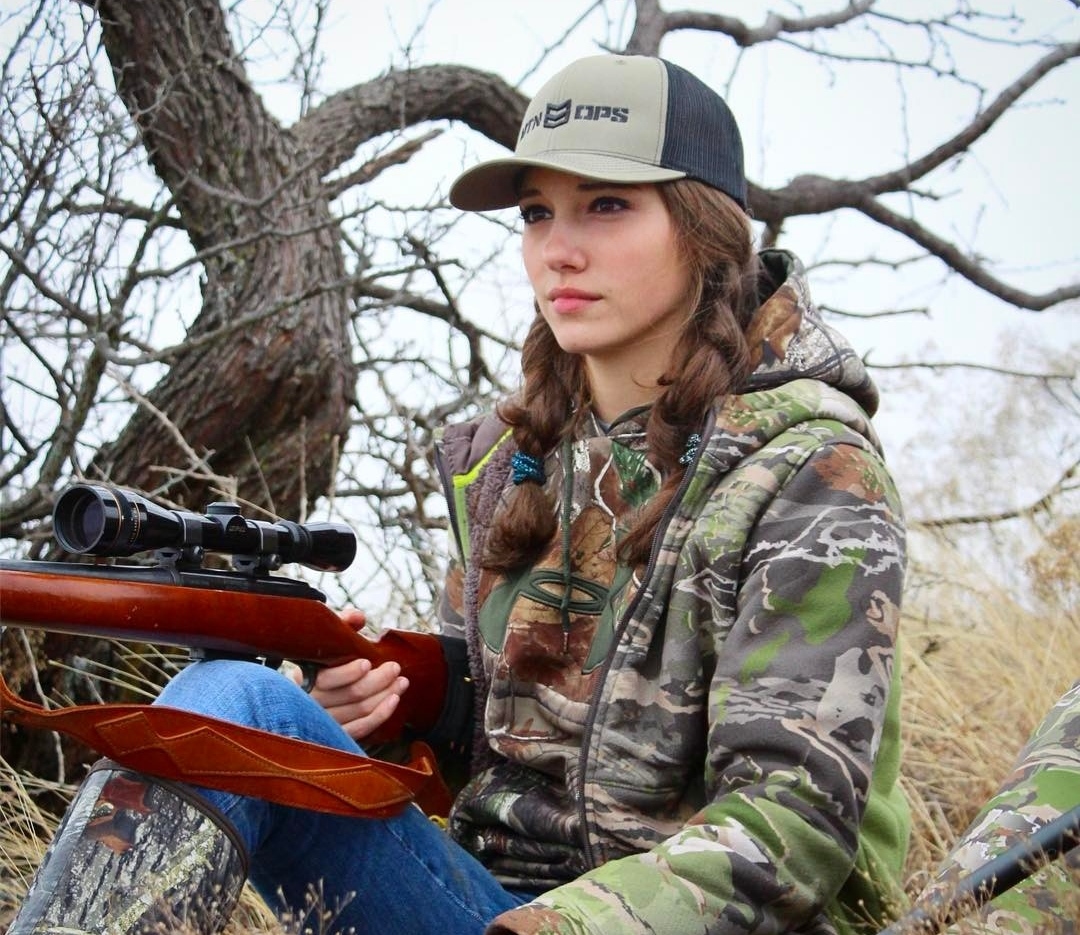
Hi, Lex Elliott here, the Co Founder & Chief Editor of Passionate Hunters.where we go out of our way to research, test, and ultimately review some of the best hunting gear out on the market.
As a Hunter and experts, me and my team will guide you on which hunting gear can help you and get the best results on hunting and also help you to choose the best hunting equipment.Read more About Us
